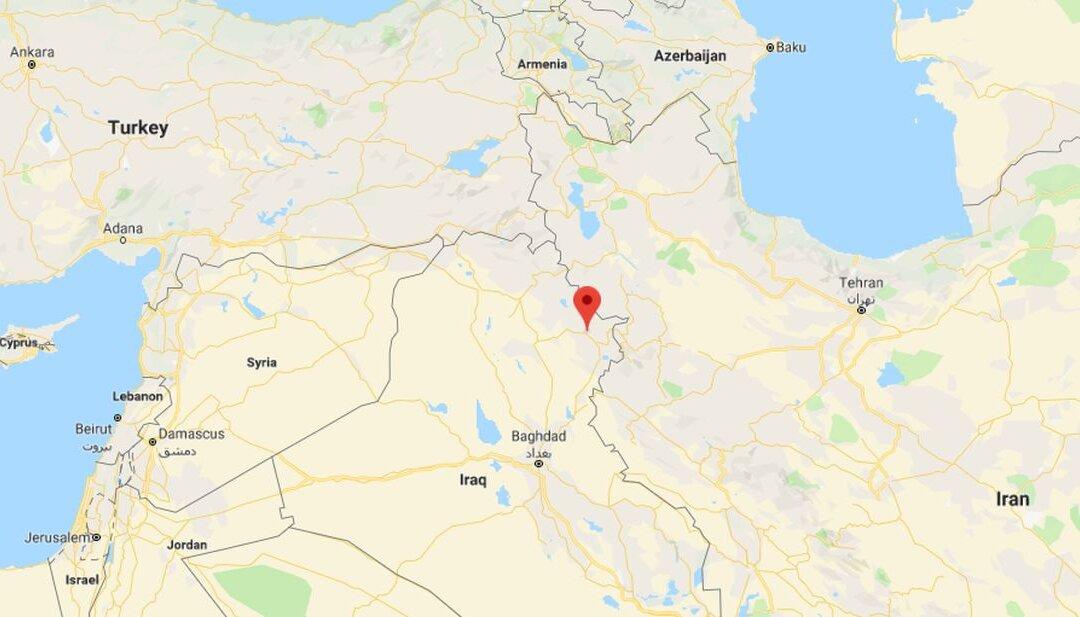A 4,000-year-old lost city has been discovered in Iraqi Kurdistan, according to researchers.
“We weren’t expecting to discover a city here at all,” said Christine Kepinski, who explored the site, according to the French National Center for Scientific Research journal.





